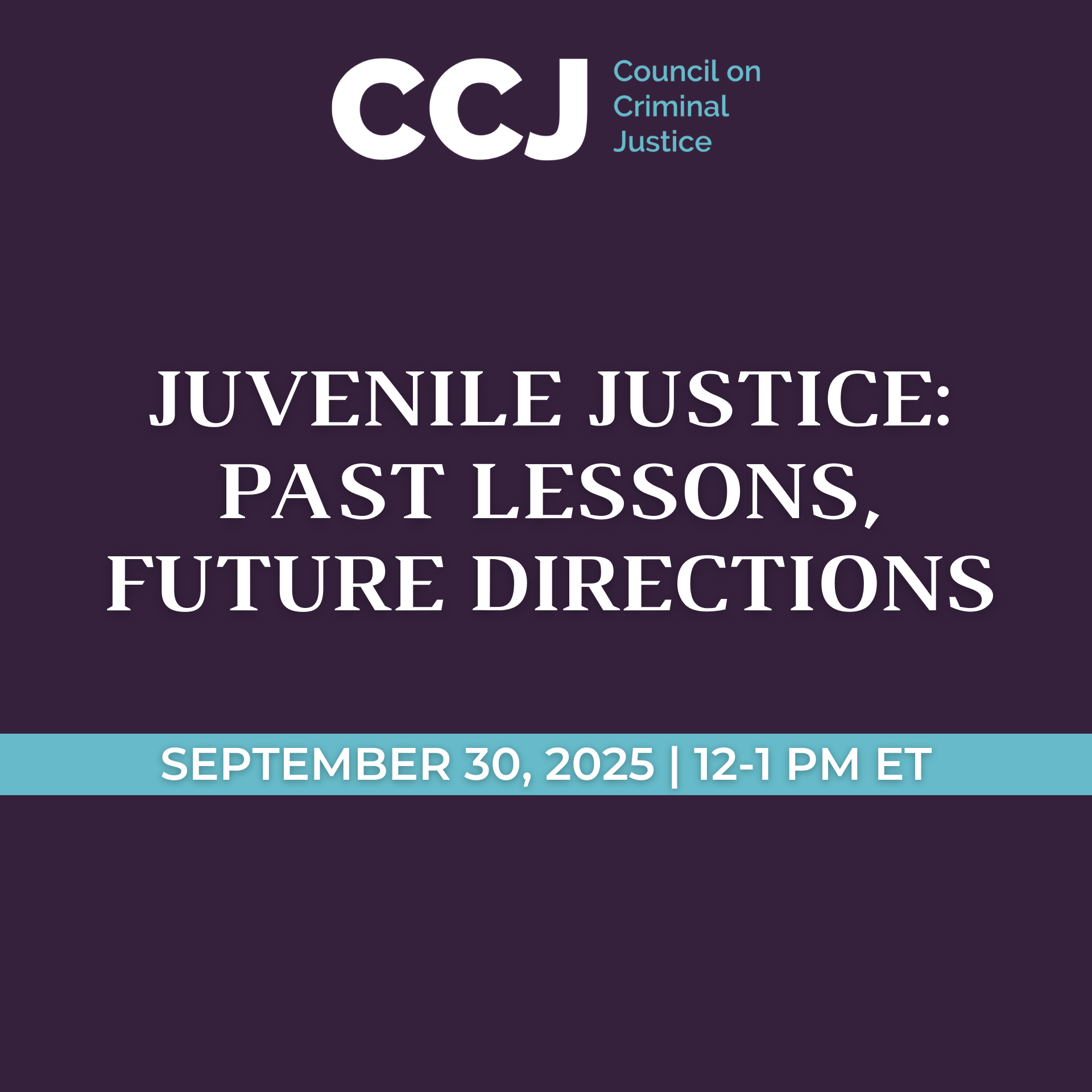Spotlighted Study: “Diversion in the Criminal Justice System” by Michael Mueller-Smith and Kevin Schnepel. 2020. Forthcoming, Review of Economic Studies.
Policy
Some jurisdictions give criminal defendants a “second chance” to avoid a criminal conviction if they show that they have “learned their lesson” and won’t commit more crime. Such opportunities go by different names in different places; in Texas, they are called deferred adjudications of guilt (“deferrals”). Texas defendants who receive a deferral avoid a formal felony conviction if they successfully complete community supervision akin to regular probation.
Research Challenge
Measuring the effects of such deferrals is difficult because they aren’t handed out at random. People who receive deferrals typically are different in important ways from those who don’t, and those underlying differences could explain any differences in long-run outcomes. Previous studies have simply compared people who got deferrals to otherwise-similar people who didn’t, controlling for or matching on observable characteristics. But it’s possible that judges’ decisions were based on other factors the researchers couldn’t see in the data – perhaps the level of remorse displayed by defendants, the amount of family support they received, or the quality of their lawyers. Such factors could explain differences in later behavior. To measure the true effect of receiving a deferral on subsequent behavior, we need something like a randomized experiment – an event that sorts people into treatment and control groups in a way that has nothing to do with their propensity to reoffend. Since a true randomized experiment isn’t possible here, researchers went hunting for a natural experiment in the same spirit.
Research Strategy
Two sudden changes in Harris County, Texas, gave researchers the natural experiment they sought. A formal policy change in 1994 caused deferral rates to suddenly drop by 24 percentage points for people charged with certain reclassified drug and property offenses. In 2007, a narrowly defeated ballot measure to build a new prison caused deferral rates to jump by 18 percentage points for low-risk defendants (apparently because judges were worried about prison overcrowding). This means that in both years, otherwise-identical defendants whose cases were heard just a day or week apart would have very different chances of receiving a deferral. The timing of their case assigned them to the treatment or control group, as if at random. Researchers could then compare people whose cases were heard on either side of the sudden change in deferral rates; if people on either side of this threshold had different outcomes, we can be more confident that this was the result of the deferral itself, and not some underlying difference between defendants.
Results
In both instances, deferrals substantially improved defendants’ long-run outcomes. About half of them completed their supervision period without incident and received a case dismissal. What happened next? For both the 1994 and 2007 samples, receiving a deferral reduced the probability of any future conviction (over the subsequent 10 years) by 45%, and the total number of future convictions by 75%. For those in the 1994 sample, receiving a deferral increased employment rates by 18%, and total earnings were 93% higher (a total of $85,365 per person over 10 years). Employment results for the 2007 sample were similar but not statistically significant.
What drove the effect?
Not everyone benefitted equally from this policy: effects were driven by those with no prior felony conviction. That is, it appears that deferrals work by helping defendants avoid a first felony conviction; avoiding subsequent convictions didn’t make much difference.
Cost-Benefit Analysis
There were no additional costs involved in community supervision for deferrals, since almost all of these defendants would have been put on probation anyway. But there were big benefits in terms of reductions in crime and increases in earnings, which likely resulted in extra tax revenue for the state. So, the benefits of granting deferrals to nonviolent felony defendants in Texas far exceeded the costs.
Policy Implications
Based on this study, state and local jurisdictions should consider expanding their deferral programs for nonviolent, first-time felony defendants. This study unfortunately doesn’t tell us anything about whether broadening expungement could have similar benefits – the authors are careful to point out that expungement happens years after the conviction was received and has likely already damaged a person’s ability to find a job or housing. Preventing the conviction in the first place is probably the key to the big benefits found in Texas, and may be central to achieving similar gains elsewhere.
More Information
- Probable Causation interview with Kevin Schnepel about this study.




